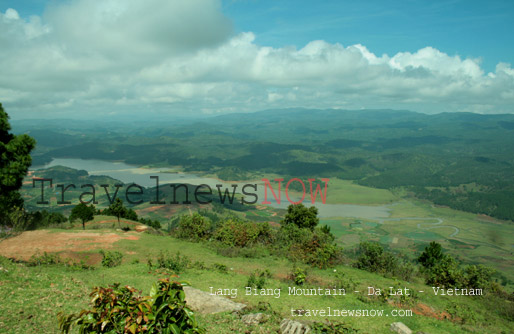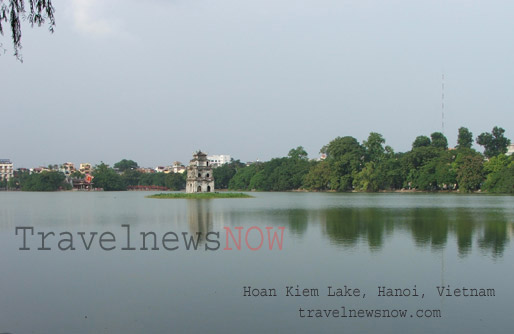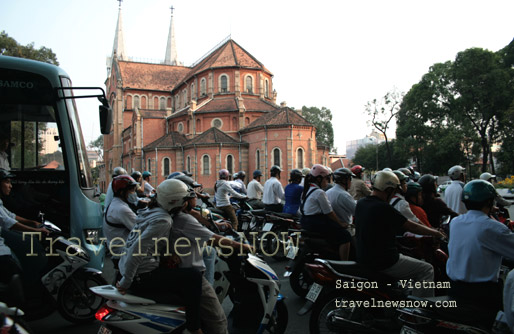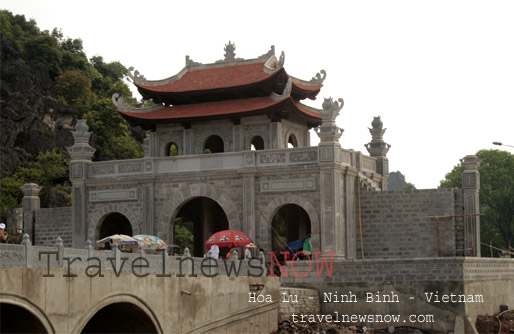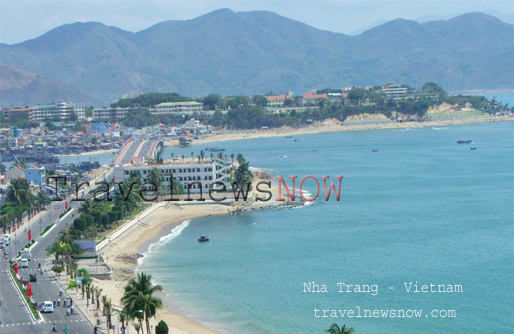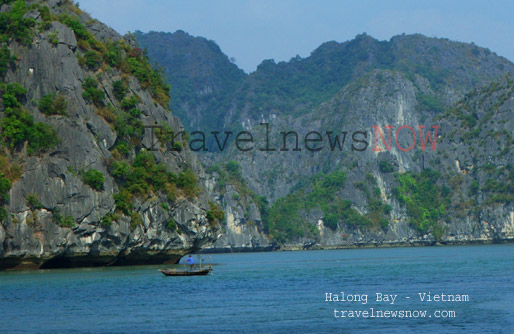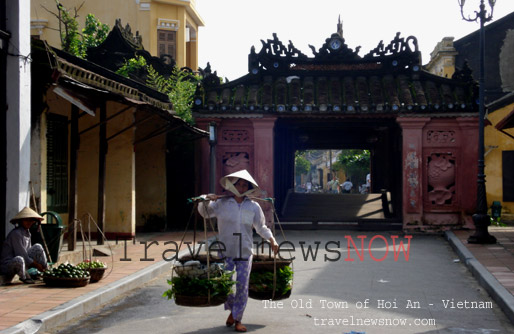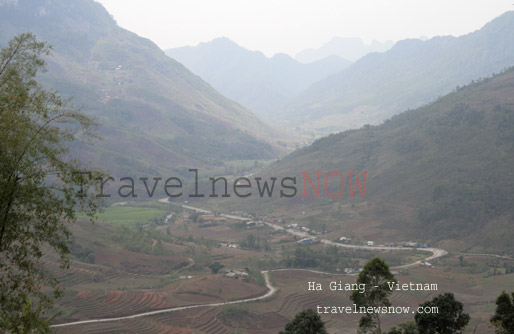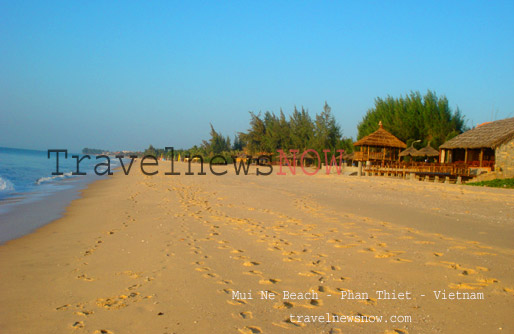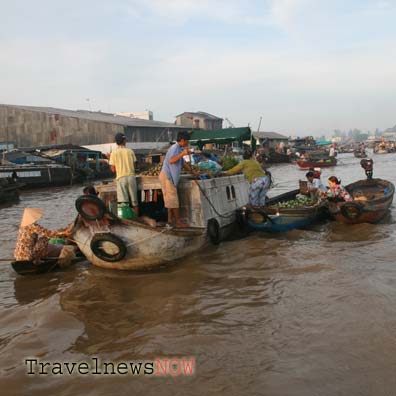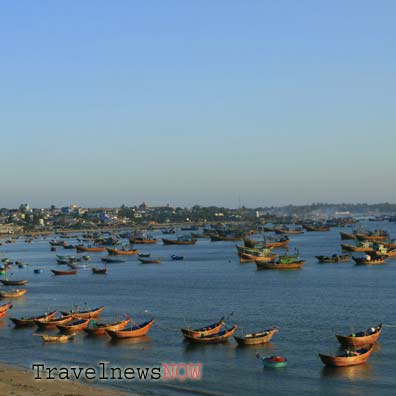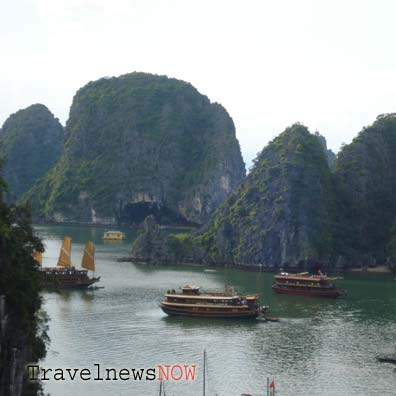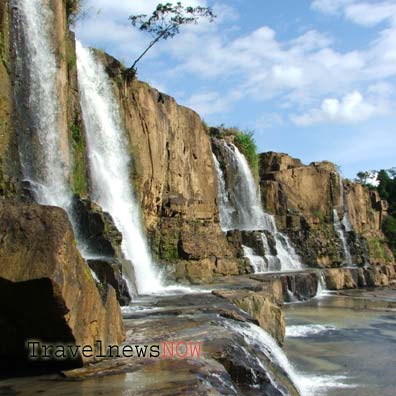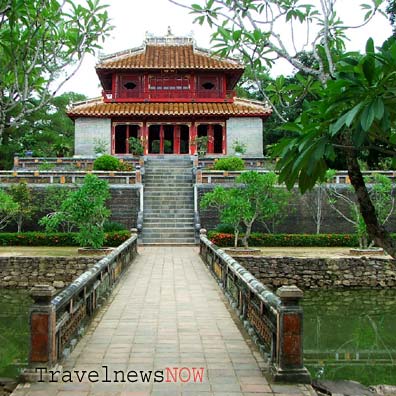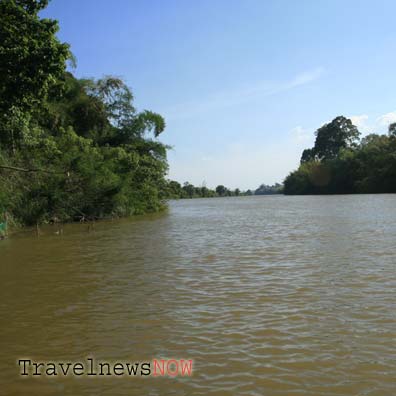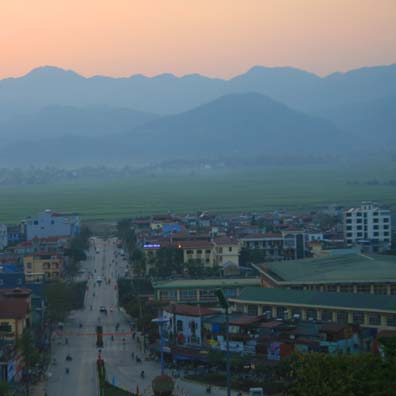Dien Bien Phu Holiday Weather today
Date/time of update: October 17, 2025, 2:25 am, Timezone: GMT+7
Scattered Clouds
Temperature: 24.35°C
Temperature feels like: 25.03°C
Minimum Temperature: 24.35°C
Maximum Temperature: 24.35°C
Atmospheric pressure: 1017hPa
Humidity:84%
Visibility: 10000m
Wind speed: 1.08m/sec
Wind Direction: 97 degrees
Cloudiness: 49%
Sunrise: 2025-10-16 11:04:06
Sunset: 2025-10-17 10:42:13
Dien Bien Phu is the name of the capital city of Dien Bien Province in the far Northwest of Vietnam. Dien Bien Phu is the name of a decisive battle which led to the departure of the French colonialists from the land once called Indochina. In our guide, you can learn more about the Dien Bien Phu City as well as the Dien Bien Phu Battle which helped to change the course of the world’s history.
Travel Guide to Vietnamese History, Vietnam Historical Tours
1/ Vietnam in 1945: Entered the Allies
In 1945 the Japanese surrendered in the World War II. President Ho Chi Minh and the Viet Minh led a successful August Revolution overthrowing the Japanese and gaining control throughout Vietnam.
On September 2nd, 1945 President Ho Chi Minh delivered the Declaration of Independence which proclaimed independence to Vietnam and the representative was the Revolutionary Interim Government which had been established at the first gathering of the National Assembly meeting in Tan Trao (Tuyen Quang) in mid August 1945. A general election was conducted and a constitution was passed by the first Vietnamese National Assembly in early January 1946. The country was then the Democratic Republic of Vietnam.
As part of the post-World War II agreement among the Allies (the Potsdam Agreement, Germany), the Allies’ forces would come to Vietnam to disarm the Japanese: the Kuo Min Tang troops to the region north of the 16th parallel and the British troops to the region south of the 16th parallel. In late August 1945 and late September 1945 those Allies’ forces came to Vietnam in the North and in the South respectively and fierce battles took place between the troops of the newly founded Democratic Republic of Vietnam and the Allies’ forces.
2/ Vietnam in 1946: Agreements for the French’s Return
By the end of January 1946 major cities in the South of Vietnam had been virtually in control of the British, French troops; the North of Vietnam was in control of both the troops of the Democratic Republic of Vietnam and the Kuo Min Tang troops.
Quick agreements were made among the different parties which allowed the French to re-establish their control all over Vietnam: Agreement between the French and the Kuo Min Tang on February 28th 1946 and the British troops withdrawal from South Vietnam in March 1946.
3/ Vietnam in 1946: Preliminary Agreement, Provisional Agreement between the Vietnamese Democratic Government and the French, Franco – Viet Minh War
A Preliminary Agreement on March 6th 1946 and a Provisional Agreement on September 1946 were made between the Vietnamese Democratic Government and the French. But the French broke the agreements and war – the First Indochina War broke out on December 19th, 1946. After fierce battles in major cities in Vietnam, the troops of the Democratic Republic of Vietnam took to the jungle...
4/ Vietnam in 1947-1952: Franco – Viet Minh War, Prelude to Dien Bien Phu
As the First Indochina War went on, the Viet Minh forces would grow more and more mature and they were able to defeat the French troops in major military operations in the mountains. Major French posts in the far northern mountains of Vietnam were removed after several campaigns by the Viet Minh. In those several battles the French, however, had a victory at Na San in Son La (the Na San Battle). The new element at the Na San Battle was the introduction of the Hedgehog. The French wanted to duplicate this victory and multiply the scale of the victory so that the French would be able gain back the initiative in the battlefields...
Dien Bien Phu back in the 1950s was the name of a province in the mountainous region, 500km northwest of Hanoi. The region was dominantly inhabited by the Thai ethnic group. After the Kuo Min Tang – French Agreement that the French replaced the Kuo Ming Tang in northern Vietnam, several of the French troops came back from China and Laos via Lai Chau and Dien Bien Phu.
5/ The Dien Bien Phu Battle
In May 1953, Henri Navarre was appointed to be the General Commander in chief of the French forces in Indochina. He was an ambitious commander and after careful research he decided to choose Dien Bien Phu as a stage for a decisive battle against the Viet Minh.
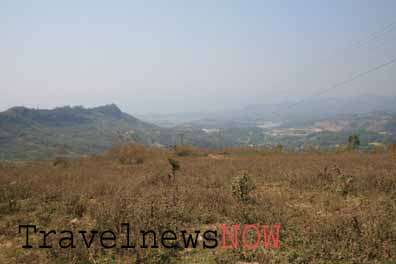
A view of the Dien Bien Phu Valley from above
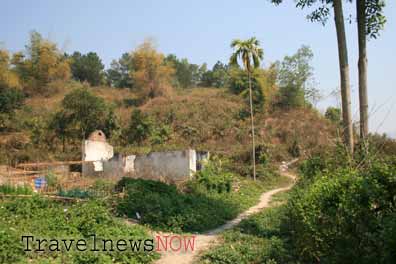
Him Lam Hill (Beatrice)
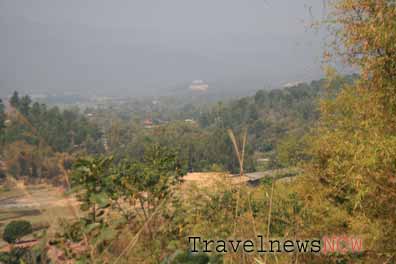
Him Lam Hill (Beatrice)
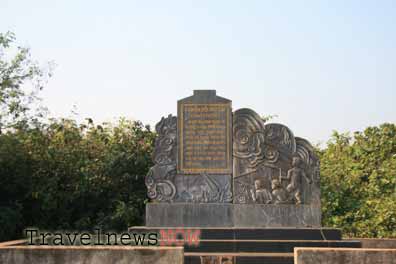
Doc Lap Hill (Gabrielle)
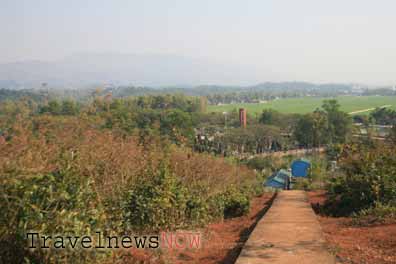
Doc Lap Hill (Gabrielle)

Ban Keo Knoll (Anne Marie)
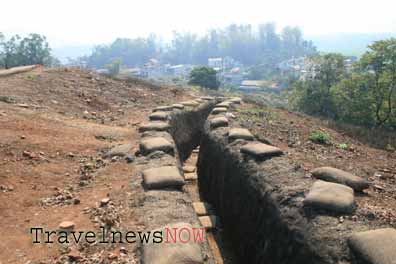
A1 Knoll (Elianne 2)
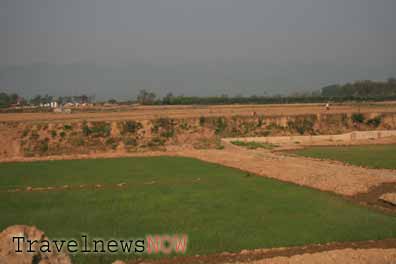
Hong Cum (Isabelle)

The Muong Thanh Valley (Dien Bien Phu Valley)
Paradissa is a Vietnam tour operator specialiazing in organizing historical tours and battlefield tours in Vietnam, Cambodia, Laos and Myanmar.


